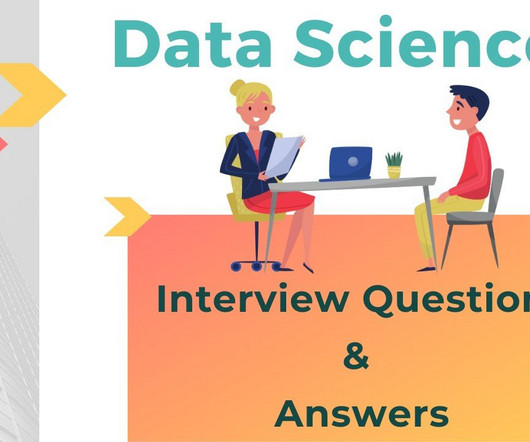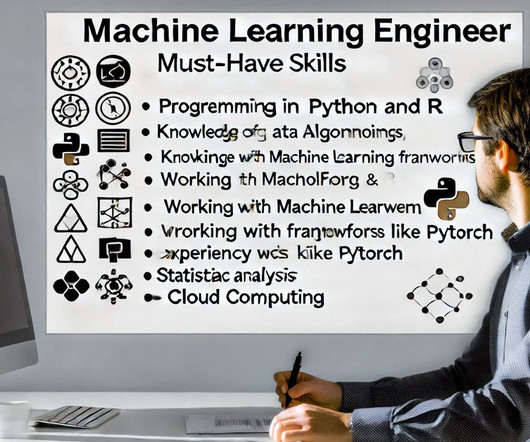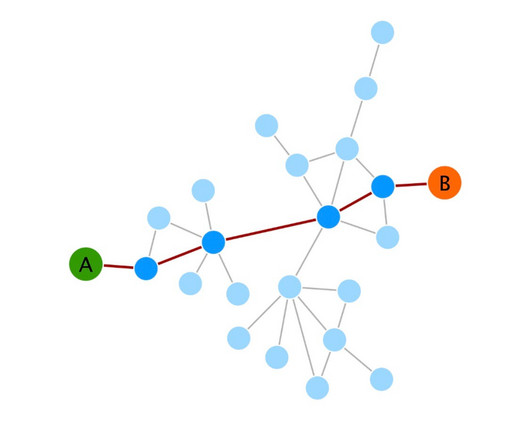Top 10 Data Science Interviews Questions and Expert Answers
Pickl AI
FEBRUARY 12, 2024
Machine Learning Algorithms Candidates should demonstrate proficiency in a variety of Machine Learning algorithms, including linear regression, logistic regression, decision trees, random forests, support vector machines, and neural networks. What is the Central Limit Theorem, and why is it important in statistics?












Let's personalize your content